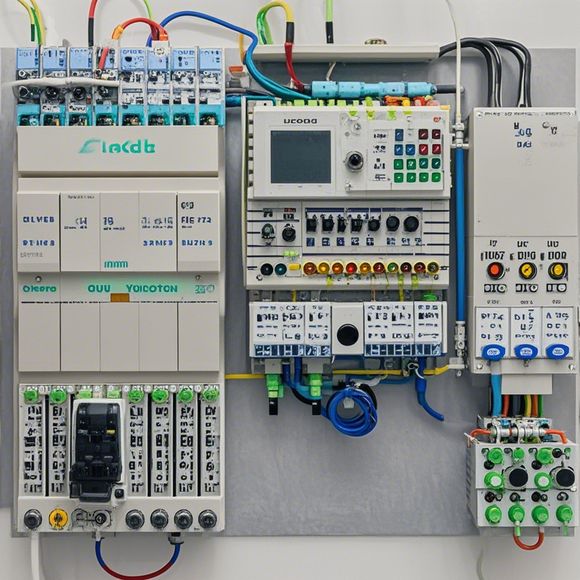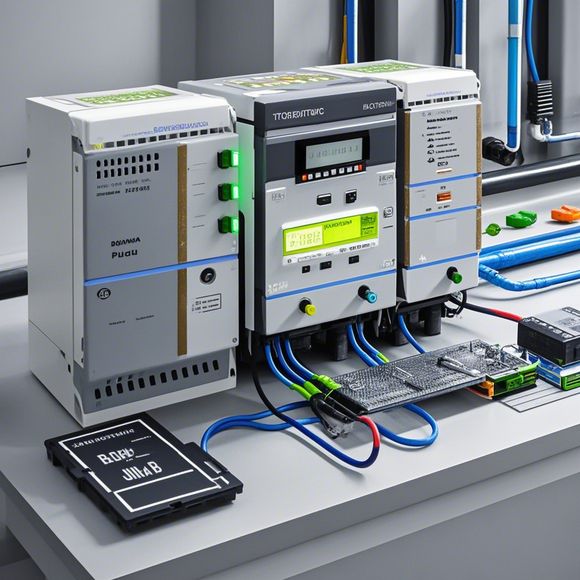Introduction to PID Controllers for Automation
PID controllers are widely used in automation systems to regulate and control various processes. They consist of three main components: Proportional, Integral, and Derivative (PID). The P component calculates the error signal, which is the difference between the desired value and the current state of the process. The I component smooths out this error over time by adding it to the P component, giving the system a more stable response. Finally, the D component predicts future errors by subtracting the previous error from the current error. This allows the system to respond quickly to changes in its environment. Overall, PID controllers offer a simple yet effective way to automate complex systems, making them ideal for applications ranging from industrial machinery to consumer electronics.
Hello everyone! Today, I'm going to share with you the ins and outs of using PID controllers in automation systems. If you’re an aspiring entrepreneur or an engineer working on automation projects, then this is definitely something that you should keep in mind.

So let me start by explaining what exactly a PID controller is. A PID controller stands for Proportional-Integral-Derivative controller. These are three components that work together to regulate the output of a system. The P component represents how much the output should change compared to the set point, and it's calculated as the difference between the actual output and the desired output divided by the error.
The I component represents the integral of the error over time, which helps the controller compensate for any changes in the desired output caused by noise or disturbances. And finally, the D component represents the derivative of the error, which helps the controller quickly adjust to changes in the desired output.
Now, let me give you an example of how to use this PID controller in a real-world scenario. Suppose you have a temperature control system that needs to maintain a specific temperature at all times. You could use a PID controller to regulate the heating element so that it keeps the temperature constant.
To do this, you would first need to set up a PID controller with some initial values. This includes setting the proportional gain (Kp), integral gain (Ki), and derivative gain (Kd). Then, you would feed the current temperature into the controller and let it run.
Once the controller has finished running, it will provide you with a new value for each component of the PID controller. You would then use this value to adjust the heating element accordingly. For example, if the temperature reading is higher than the desired temperature, you might increase the Kp value so that the heating element turns on more aggressively.

But what happens if there are fluctuations in the temperature? The derivative gain (Kd) allows the controller to quickly respond to these changes. So, if the temperature suddenly drops, you would increase the Kd value so that the heating element turns on even faster.
And finally, what happens if there are long-term changes in the desired temperature? The integral gain (Ki) allows the controller to compensate for these changes. So, if the temperature has been fluctuating around the desired temperature for a while, you would increase the Ki value so that the heating element stays on longer.
In summary, the PID controller is a powerful tool for controlling systems that require stability and accuracy. By tuning the parameters of your PID controller, you can achieve optimal performance in various scenarios. So next time you're working on a project that involves automation, remember to consider using a PID controller to help you stay ahead of the game!
Content expansion reading:
Articles related to the knowledge points of this article:
PLC Controller for Manufacturing Automation
The cost of a PLC Controller: A Comprehensive Analysis
PLC (Programmable Logic Controller) Control System Basics
Plumbers Rule! The Role of PLC Controllers in the World of Waterworks
PLC Controllers: A Comprehensive Guide to Understanding Their Prices